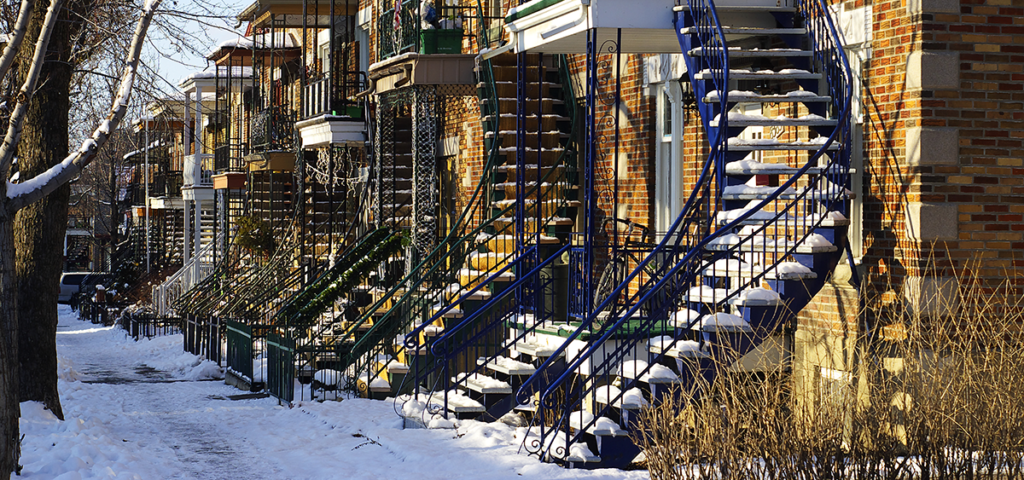Have you ever heard the words “lease swap”? This means trading your lease, and therefore your apartment, with someone else. But there’s much more to it than simply moving into each other’s place!


Mutual lease transfers
The law doesn’t actually provide any procedure for “swapping” or “trading” leases. To do this, each tenant must, in fact, transfer their lease to the other tenant. In other words, the “trade” involves two separate lease transfers that happen at the same time. When a lease is transferred, the new tenant takes on all the rights and obligations of the old tenant. The law sets out a procedure for transferring a lease. (The legal term is “assigning” a lease).
Notify your landlord
If you want to assign your lease, you must send your landlord a written notice. Sample notices and lease assignment agreements are available on the website of the Régie du logement (rental board).
The landlord must reply within 15 days of receiving your notice. The landlord can’t refuse without a good reason (for example, the new tenant isn’t able to pay the rent or has previously damaged an apartment). If the landlord refuses the lease assignment, and you believe the landlord did not have a good reason, you can apply to the Régie du logement (rental board) for a decision on whether the landlord must accept the transfer.
|
Important: Lease assignments must be mutual for a “lease swap” to work. Make sure the other tenant is taking the same steps as you are at the same time, and that each landlord accepts the lease assignment. |
Lease assignments sometimes not permitted
Lease assignments aren’t permitted in the following cases:
- You’re a student living in housing owned by an educational institution.
- You live in low-cost housing (“HLM” or “LLM” in French).
- There’s a declaration of family residence on your apartment and your spouse does not agree to the lease assignment. (This can only happen if you are married or in a civil union).







